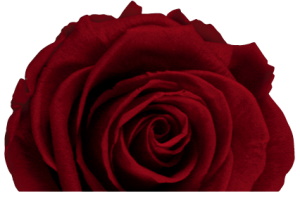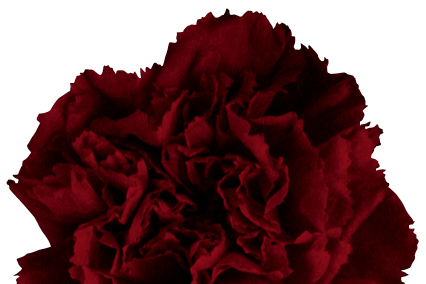Esperance®
CC BY 4.0
license model by Creative Commons (CC)
We let others use our work; they must give us credit by naming us as the owner and providing a link to us. If others want to use our work without giving us credit, they must get our permission first.
In case that other parties are stored as member connected to this license in the picture upload process, they will be holding the rights of licensor as described above.
> > > mehr lesen
ESPERANCE® zeigt im knospigen Zustand - später geöffnet auch von der Seite - drei Farben: Das cremeweiße Blütenblatt hat ein schmales rosa-rotes Rändchen und auf dem Deckblatt sowie den ersten äußeren Blättern zeigen sich deutliche grüne Chlorophylleinschlüsse. Von oben gesehen zeigt die entwickelte Blüte einen hellrosa Gesamteindruck, weil die roten Pigmente vom Rand her in den cremeweißen Grund verlaufen. ESPERANCE® ist sehr großblütig, öffnet sich zuverlässig und der Stiel trägt die schwere Blüte. Vor allem aber hat ESPERANCE® ein enorm langes Vasenleben. Von bis zu 35 Tage wurde berichtet. Sie hält sich seit 15 Jahren auf den Spitzenplätzen der Ecuadorrosen-Hitparade. Ein Ende ist nicht abzusehen.
Headsize:
The catehgories based on expert estimations. A variete of factors have aninfluence on the head size: the cut point, plant management, climate conditions, altitude of the plantation.
Stem length:
The stem length depends on the genes of the variety. Head size and stem length should harmonize. Long varieties usually have big blossoms and are more expensive.
Fragrance:
It is a common expectation that a rose should have a fragrance. A fragrance may last only a few days or a few houers, it may be faint or persistently strong and fill a room.
Habitus:
Roses that open from a single centre in a circular movement are classified as elegant. Some roses show a double or quadruple heart; these are classified as gardenlike.











